Table of Contents
Through 100 years of history and development, today television is an indispensable item for every family. It can be said that television is the most popular tool to help people access information every day. From the initial experiments with an extremely simple form to 2019, there appeared extremely thin and rollable televisions. It is a long process with the contributions of many scientists and their studies. Let's find out about the transformation of television in the past 100 years in this article. Look up Television User manual.
What is television?
Television is an electronic telecommunications system capable of receiving radio or wired signals and signals to convert into picture and sound (broadcasting) and is a type of television transmitter to transmit content mainly with live images and accompanying sound. A television set is a machine that receives those signals and emits images.
Who invented the television?
The world still knows John Logie Baird invented the first television in 1925. However, the origin of the television is far and more complicated than that. History shows that German student Paul Gottlieb Nipkow was the first to invent the first mechatronic television system in 1885. Nipkow spinning design is considered to convert images into dots. But it wasn't until 1907 that the invention of the magnifying tube technology made the designs a reality.
That time Constantin Perskyi proposed from television in a publication at the International Electronics Institute at the International Fair in Paris on August 25, 1900. In 1911, Boris Rosing and his apprentice Vladimir Kosma Zworykin succeeded in creating a television system that used a mirror dispenser to broadcast, according to Zworykin, "very rough shapes" through wires to the Braun electron tube (tube cathode) in the receiver. Motion pictures are not possible because of the polymerizer, which has "insufficient sensitivity and too slow selenium molecules". Rosing was exiled to Arkhangelsk by Stalin in 1931 and died in 1933, but Zworykin then returned to work for RCA to build an electronic television, which was later found to infringe the copyright of Philo Farnsworth, who announced the first broadcast system in 1928.
Philo Farnsworth, an American (born 1906), gave birth to the first television in 1927. However, his patent was not recognized by the American Radio Association (RCA) and was controversial for a long time to be recognized as a television copyright belongs to me. In 1924, British scientist Belle succeeded in transmitting and receiving images, making images possible to travel long distances, pioneering future satellite-based televisions. In 1926, in London, he publicly performed this experiment that surprised the world. Although the television he worked on has only two colors in black and white and the picture is very fuzzy, it opened the door for the appearance of later televisions. And Belle is regarded as "the ancestor of televisions".
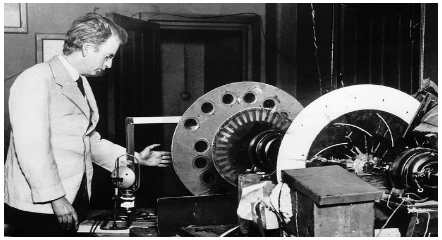
How has television changed over the century?
The television is an indispensable electronic product in every home today. Since its inception, which was originally just a simple television and broadcasting device, after nearly a century of development, the television has made remarkable changes.
From 1920 to 1954: The birth of the black and white television
The first-generation television was released that used a motor-controlled disc spindle combined with neon lights to produce a neon-yellow image with a display size less than half a credit card. After many studies and improvements, television screens of this period are gradually enlarged from 5 inches, 9 inches to 12 inches. At this time, the viewer controls with the manual button on the television and only has one broadcast channel.
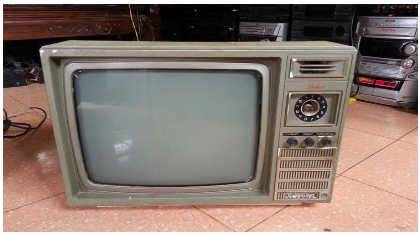
From 1954 to 1999: Color television era
In this period, a wireless remote controller was invented using ultrasonic technology to transmit a signal to the television. This is also the era when color television was born and developed, replacing the black and white image that was inherently boring from the previous television series. Color televisions use 3-cell photoelectric systems to create color images, thereby emitting images with quality and stable color systems. During this period, the television screen was developed up to 21 inches. A minus point for televisions of this era is that they use antennas to capture signals from satellites, so interference often occurs if the weather is not favorable.
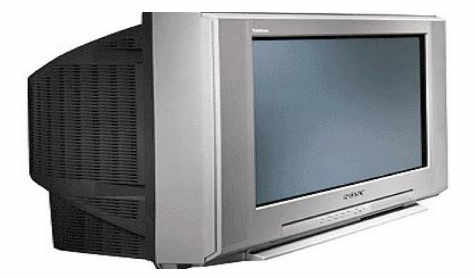
From 1999 to 2007: The era of digital television, flat screen
The new period of television development was marked when Japan's NHK introduced a television with HDtelevision resolution, followed by a series of flat screen televisions, plasma ultra-flat screens. Televisions of this era conveyed audio and video using digital signal processing and multiplexing. From there it is possible to receive and broadcast 200 different television channels around the world. Picture and sound quality is no longer affected by the weather due to the use of fiber optic cable systems. At this time, the television screen has been improved to 34 inches with an impressive thinness.
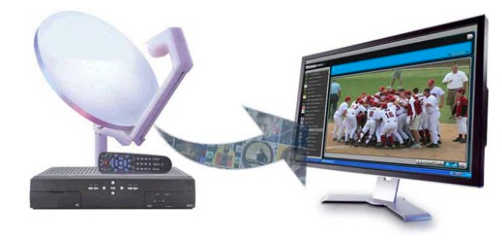
From 2007 to 2015: LCD and LED television technology
At this point, electronics firms took advantage of LCD screen technology to create images. As a result, the television image is more modern and smarter. This is also the time when users begin to get acquainted with a smart television device - Smart television. Smart television allows users to access Internet content, record and broadcast channels according to their preferences. The television screen seems to be perfectly thin with a width of just 5.5mm.
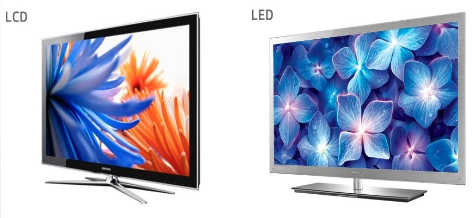
From 2015 to present: OLED, QLED ultra-thin television era
television screens this time getting bigger and thinner. Electronic companies raced to introduce television products with ultra-thin screens made from OLED technology, QLED, ushering in the era of ultra-thin television screens, when the television no longer stopped at entertainment but also became perfect interior decoration. Modern radio equipment will adapt to any place in your home. Users can also control the television with a mobile device through smart apps.
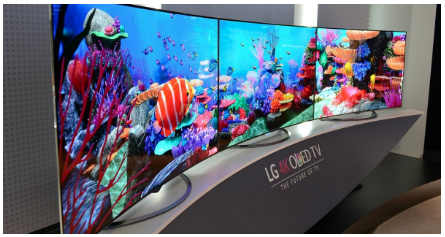
This is the whole miraculous changes of television over the past 100 years. Modern technology develops rapidly to help electronic devices constantly be improved and changed to best serve the needs of users.
More From ManualsFile Articles
- What is UHD TV? The pros and cons of it
- The difference between OLED TV and QLED TV you should know
- Best Toshiba Tvs 2020
- Should you buy a Toshiba TV?
- Best TVs 2020 - Do you know how to pick one?
- TCL 50" CLASS 4-SERIES 4K UHD HDR ROKU SMART TV - 50S421
- RCA - 3-Device Universal Remote - Black RCR003RWD
- TCL 55S425 55 inch 4K Smart LED Roku TV (2019)
- 32LL3A63DB Toshiba LED TV
Ken
ContributorT: @ManualsFile
https://ManualsFile.com
Mon - Sun 09:30 am - 05:30 pm